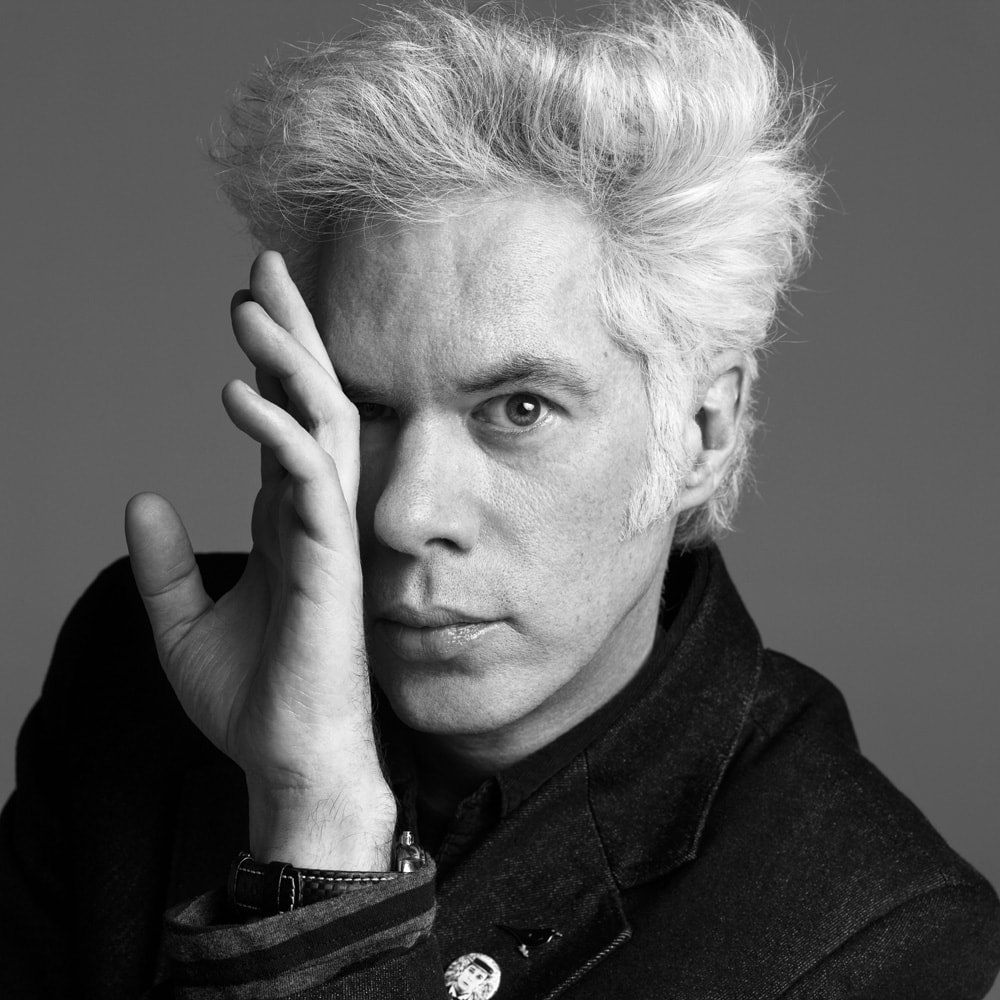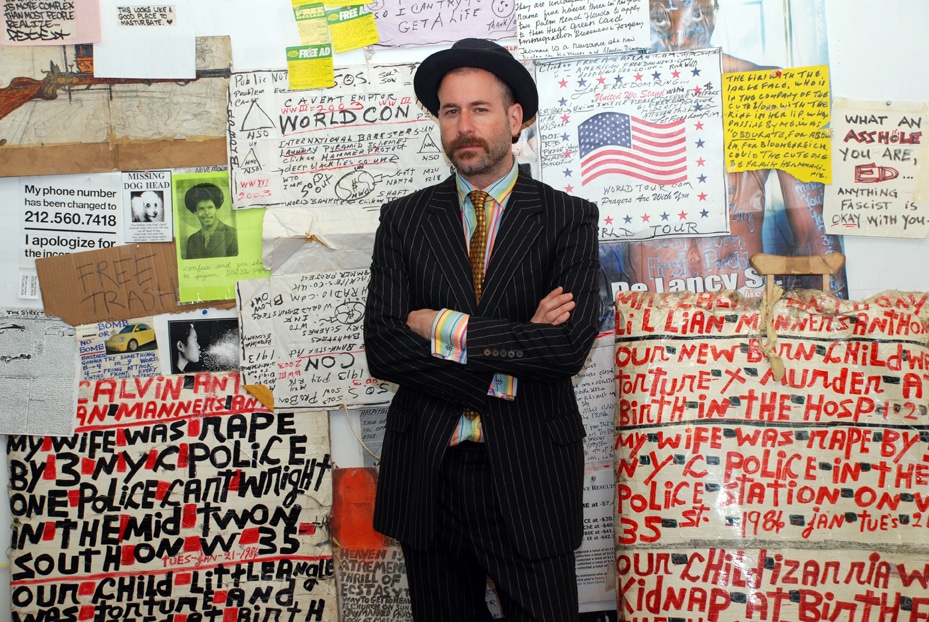Filmmaker Jim Jarmusch on inspiration:
“Nothing is original…”
“….Steal from anywhere that resonates with inspiration or fuels your imagination. Devour old films, new films, music, books, paintings, photographs, poems, dreams, random conversations, architecture, bridges, street signs, trees, clouds, bodies of water, light and shadows. Select only things to steal from that speak directly to your soul. If you do this, your work (and theft) will be authentic. Authenticity is invaluable: originality is non-existent. And don’t bother concealing your thievery – celebrate it if you feel like it. In any case, always remember what Jean-Luc Godard said: ” It’s not where you take things from – it’s where you take them to.”
MovieMaker Magazine #53 – Winter, January 22, 2004
It may come as a surprise, but this quote comes from a very independent filmmaker, director, screenwriter, actor, producer, editor and composer who has an extensive history of original work in many mediums – Jim Jarmusch.
The spirit of his sentiment resonates with me, because in spite of the fact that I have been out of school for 30 years, I still consider myself very much a student.
For decades I have sought to saturate my eyes and mind with images, and experiences – I refer to this as ‘feeding my intuition’. This personal process has morphed over time.
Printed matter (books, magazines, catalogues, newspapers, etc.) are still a significant resource for me; but it’s become increasing clear that the digital world offers endless avenues of discovery and archiving. This can be a challenge for a non-digital native like myself, but with help I have found ways to capitalize on the endless amount of information that is available today. Pinterest is one such vehicle for ‘inspiration’.
One of the joys of Pinterest is that it provides a digital archive of images that I can catalogue in categories or on ‘Boards’. Over time my personal archive of pins has grown – today almost 17,000 pins. Crazy perhaps but totally consistent with my insatiable hunger for beauty, and ‘inspiration’, and certainly my ‘crazy’ pursuits pale in comparison to my friend Kenny Goldsmith.
Poet, author, former visual artist and teacher at the University of Pennsylvania, Kenneth Goldsmith has his own spin on ‘creativity’.
Goldsmith has taught courses at Penn entitled ‘Uncreative Writing’, ‘Interventionist Writing’, and most recently a course entitled ‘Wasting Time on the Internet’ – which has proven to be a very controversial.
It is difficult if not impossible to encapsulate Kenny in few words, as his approach is seemingly simple, but conceptually complex and rich (if you do not know about the early 20th century European literary and artistic movement of Dada, or cannot accept the unruly principles behind Dada, then Goldsmith’s work will most certainly be lost on you and you wouldn’t be alone.)
In his classes Goldsmith encourages “appropriation, theft, stealing, plundering, and sampling, with cheating, fraud, and identity theft all encouraged.” And in Goldsmith’s own many off-the-wall published works we can see and read the physical manifestation of the wondrous conundrums he sees as fertile creative ground in the late 20th, and now 21st centuries.
And if you think that his antics are some kind of clever joke, consider his countless accolades and honors: Kenny was the Museum of Modern Art’s first ‘Poet Laureate’, and was invited to read poetry at the White House including excerpts from his book ‘Traffic‘, a transcription of an entire year of traffic reports from 1010 WINS.
.
What is most important in this ‘information age’, as least for me, is to keep an open mind and to remain curious. And to that end, this non-digital native is going to fasten his seatbelt and make certain that the airbags are fully operational as I keep my eyes, ears and mind open for what is ahead!


